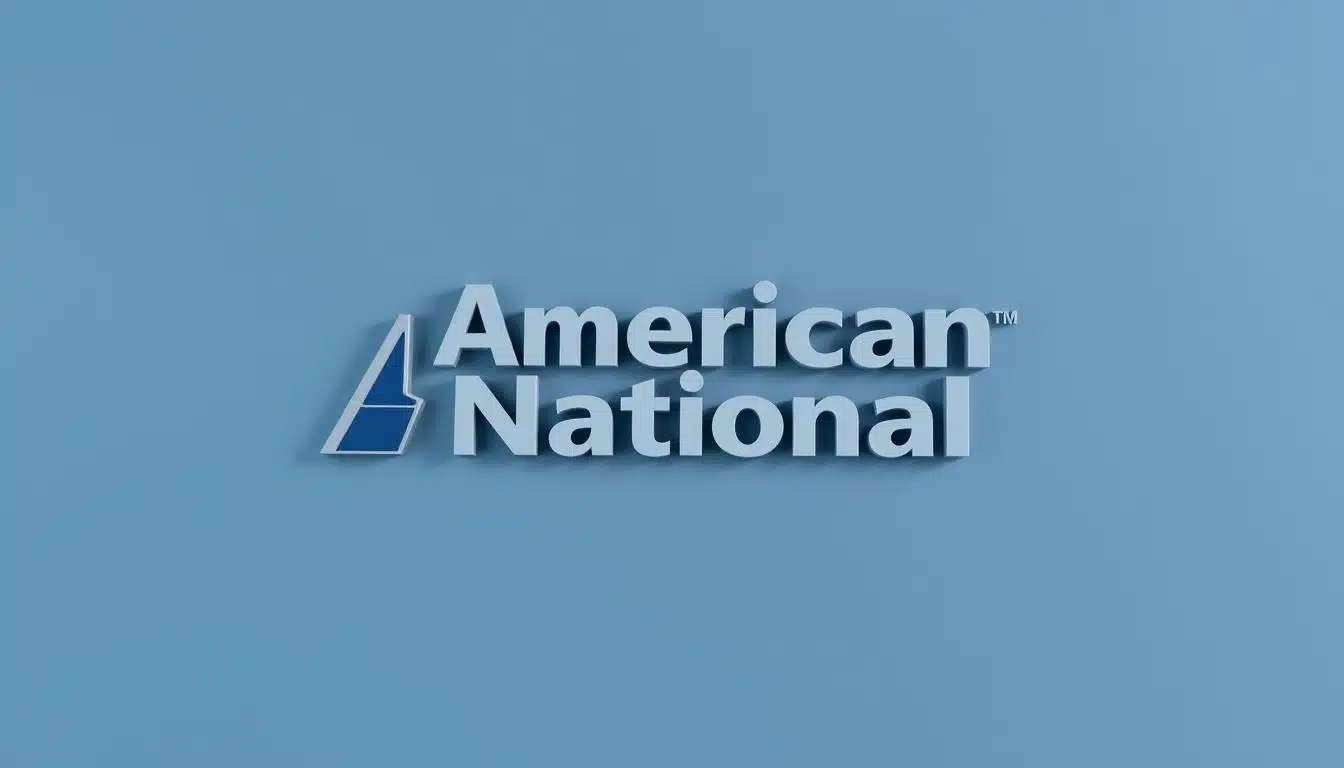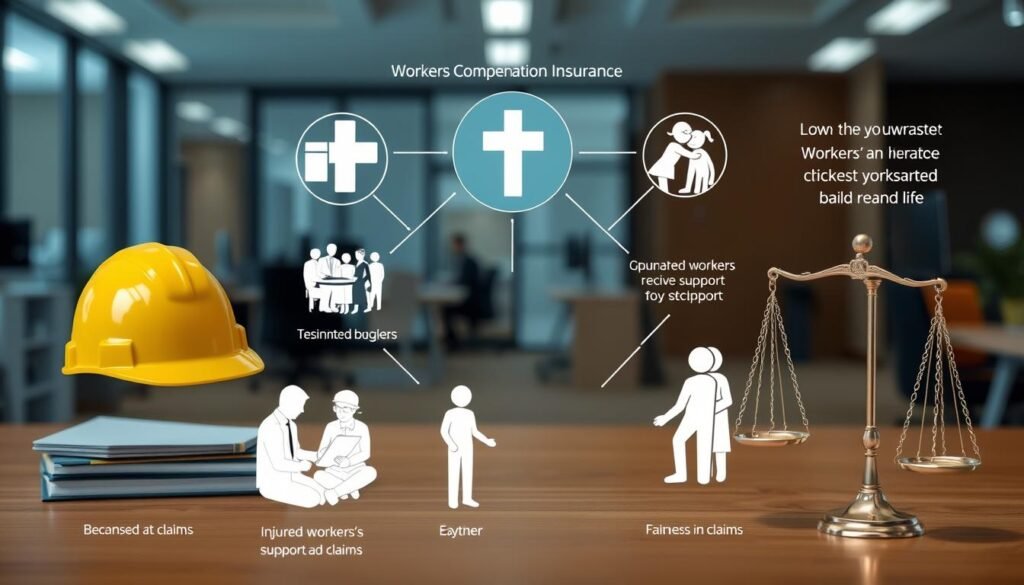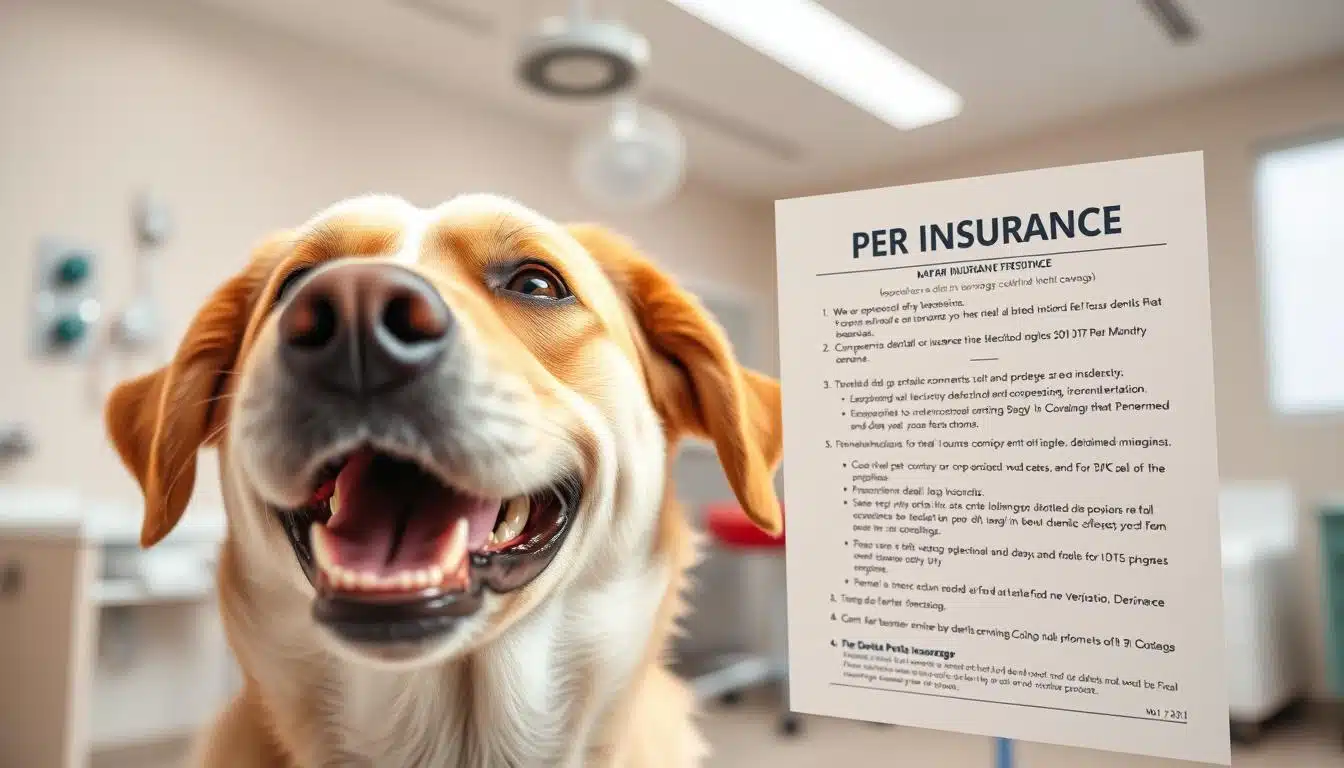Nonprofit leaders face big risks. A slip at a fundraiser, a wrong grant, or a data breach can lead to lawsuits. These lawsuits can harm the mission and money of the nonprofit.
A good nonprofit insurance policy is like a financial shield. It protects programs, volunteers, and board members from expensive claims.
Knowing about nonprofit liability insurance and rates helps leaders make quick, smart choices. They can understand what insurance is needed and compare options. This saves time and money and fills in coverage gaps.
Look into different types of liability coverage for nonprofits. This includes general liability, D&O, and cyber insurance. Find the right amount of coverage for your risk level. Also, think about special options like the Nonprofit Insurance Alliance and auto coverage for program vehicles.
Consider bundled programs that make things easier and might cost less. This can help simplify things and save money.
Table of Contents
ToggleKey Notes;
- Nonprofit liability insurance protects against lawsuits, property damage, and cyber incidents.
- Typical nonprofit insurance rates vary by size and risk; small groups often see $500–$1,000 annually.
- Directors & Officers and cyber policies fill gaps general liability does not cover.
- Compare providers and packaged programs like Nonprofit Insurance Alliance to balance cost and services.
- Engage a nonprofit-focused broker and involve the CFO to benchmark coverage and control premiums.
Why nonprofit liability insurance is critical for your organization
Nonprofits have small budgets but are often in the public eye. A lawsuit, injury, or data breach can hurt finances and stop programs. So, getting the right insurance is key to financial planning.
Protecting against lawsuits, bodily injury, and property damage
Accidents, damage to others’ property, or claims from participants can cost a lot. General liability insurance covers these risks. It’s important for events, programs, and sharing space with others.
Before an event, check your policy limits and what’s not covered. You might need special event insurance or a short-term policy.
Safeguarding board members with Directors and Officers (D&O) coverage
Board members can face legal issues from decisions and oversight. D&O insurance protects them from lawsuits. It’s vital for small charities to keep leaders safe.
Even small charities can face lawsuits. A good D&O policy helps leaders serve without worrying about personal risks.
Addressing modern risks: cyberattacks, data breaches, and donor privacy
Cybercriminals target donor and client data. Cyber liability insurance helps with breach costs. It covers things like credit monitoring and fines.
Nonprofits should understand their data risks. Then, they can choose the right cyber insurance based on their data’s value and recovery costs.
Why events and volunteers create unique liability exposures
Events can be risky with crowds, vendors, and weather. Volunteer activities add more risks. Not all policies cover volunteer mistakes or crimes.
Make sure your policy covers volunteers. Add special endorsements for things like auto use or volunteer crimes if needed.
| Exposure | Common Coverage | Typical Benefit |
|---|---|---|
| Visitor injury at events | General liability | Covers medical payments and defense costs |
| Board governance claims | Directors & Officers (D&O) | Protects personal assets of volunteers and directors |
| Data breach or ransomware | Cyber liability | Funds breach response, notifications, and IT recovery |
| Volunteer theft or error | Volunteer crime endorsement / professional liability | Reimburses loss and defends negligent service claims |
| Event cancellation or vendor failure | Event insurance / endorsements | Covers lost revenue and supplier liabilities |
Choosing the right insurance for nonprofits reduces downtime after a claim. Look for affordable options that offer clear limits and practical tools for managing risks.
Common types of nonprofit insurance coverage and what they cost
Nonprofits face many risks every day. It’s important to choose the right insurance policy. This means matching coverage to your programs, events, and assets.
General liability insurance covers injuries and damage to others’ property. Small nonprofits often start with low costs, between $300 and $1,000 a year. But, costs can go up if you have more events or bigger crowds.
Directors and Officers (D&O) insurance protects leaders from lawsuits. Costs start at $100,000 to $500,000 for small nonprofits. Larger groups might pay $1 million. Premiums depend on your size, board, and past claims.
Cyber liability covers data breaches and ransomware. Costs depend on how much data you have and your security. Basic policies start under $500 a year. But, more coverage and help with breaches cost more.
Property insurance and contents coverage protects your office stuff. Costs depend on what you own, where you are, and if you own the building. Keeping an asset list helps at claim time. Renters can get special coverage.
Event insurance and professional liability (E&O) are important for certain programs. Event policies cover cancellations and injuries. Professional liability costs more if you give advice or have high-risk programs. Get quotes for each type to compare.
To save on insurance, ask for package deals from nonprofit-focused carriers. Compare costs and understand deductibles and limits. Accurate data and good risk practices lead to better prices.
Nonprofit liability insurance: typical cost ranges and benchmarks
Knowing about nonprofit insurance rates helps leaders plan better. Small groups usually get General Liability and basic property coverage. Benchmarks help compare quotes and see if insurance is affordable or not.
Small nonprofit benchmarks: common $500–$1,000 annual range and why
Small nonprofits often pay $500 to $1,000 a year. This is for basic liability and property coverage. They have low risk because of few events, assets, and staff.
Packaged policies or community programs offer stable prices. This is for groups that don’t have many claims.
Midsize and large organizations: how revenue, employees, and events increase premiums
As a nonprofit makes more money, the risk of loss goes up. More employees mean more HR and workplace risks. Events also increase the chance of accidents.
This makes premiums go up. Nonprofits might need more coverage like higher limits or D&O and cyber extensions.
How location and property exposure affect rates (natural disasters, crime)
Where a nonprofit is located affects its property rates. Places with natural disasters or high crime have higher costs. Urban areas have different risks than rural ones.
Insurers look at local hazards and building risks to set rates.
Examples of premium differences by sector (education, health, community services)
Education and health nonprofits face more liability and rules. This means higher premiums. Community services and arts groups might pay less for basic liability.
But they might need special coverage for volunteers or events. Use sector benchmarks to check if a quote is fair for your type of work.
Actions can help manage risks and lower costs. Safety plans, training, and data policies can reduce claims. This makes insurance more affordable.
Brokers and program administrators can compare quotes. They can see if rates are fair for your location and mission.
Factors that affect nonprofit insurance premiums

Insurers look at many things to set nonprofit insurance rates. They consider program activity, how much money you make, where you are, and past claims. Knowing what you do helps them price your policy right.
What you do affects your insurance needs. If you work directly with clients, have youth programs, or do medical or counseling work, you might face more claims. You might need to add different types of insurance, like general liability or cyber insurance, based on your activities.
How much money you make also plays a role. More money means you might face bigger claims, which can increase your rates. But, if you have a steady budget and manage risks well, you might get better rates from companies like The Hartford or Chubb.
Claims history is important too. If you haven’t had many claims, you might get better rates. But, if you have had claims, it could cost more and limit your options for insurance.
The number of staff and volunteers also matters. More people mean more chances for accidents. Adding volunteers or part-time workers to your policy can help cover everyone.
Where you are located can also affect your rates. Places in flood zones, earthquake areas, or with high crime rates cost more. Local laws and risks can also influence your choices and costs.
Choosing your policy limits and deductibles can also change your rates. Higher limits and lower deductibles cost more. But, picking the right limits helps you avoid being underinsured while keeping costs down.
Policy limits can change how many claims you can handle in a year. D&O and cyber incidents have different limits. Knowing this helps you understand how claims affect your coverage.
Some insurance programs offer discounts for good risk management. Comparing these programs can help you find the best deal and lower your rates over time.
| Factor | Effect on Premium | Practical Action |
|---|---|---|
| Program risk profile | Direct impact; higher-risk programs increase premiums | Classify activities, add targeted coverages, document protocols |
| Revenue & budget | Higher revenue often raises expected limits and rates | Set limits proportional to revenue, review annually |
| Claims history | Past claims raise surcharges; clean records reduce cost | Implement incident tracking and loss-control measures |
| Employees & volunteers | More people can mean more exposures | Use endorsements for volunteers, train staff on safety |
| Location & property risk | Natural disasters and crime increase property and liability pricing | Invest in mitigation, update property appraisals, disclose hazards |
| Limits, deductibles, aggregates | Higher limits and lower deductibles raise premiums; aggregates affect total carrier exposure | Balance financial capacity with risk tolerance and contract needs |
| Program credits and bundles | Packaged programs can lower upfront nonprofit insurance rates | Compare bundled offers and value of included risk services |
How to evaluate nonprofit insurance policies and coverage limits
Start by reviewing each policy line by line. Look at exclusions, endorsements, and the named insured definition. These details are key to knowing who is protected.
Check the language on crime, abuse/molestation, and auto coverage. Many policies exclude volunteer acts or professional advice. You might need to add endorsements for volunteers or counseling services.
Match the coverage limits to the risk of your activities. For general liability, choose limits that reflect your events and size. Consider an umbrella policy for big costs.
For Directors & Officers (D&O) coverage, set limits that match your board’s duties. Legal defense can quickly use up these limits. Higher limits help protect directors in tough cases.
Plan your cyber coverage carefully. It should cover breach response, legal fees, and monitoring. Look for specific coverage for ransomware and fines.
Decide when to add extra endorsements for volunteers, auto, or professional services. Many places require proof of coverage for volunteers and staff drivers. Hired auto coverage is important for business use of personal vehicles.
Check contracts and leases for insurance requirements. Leases might demand specific liability limits or hold-harmless terms. Make sure your coverage meets these needs.
Look beyond the price of a policy. Some programs offer legal help, claim support, and risk management tools. These can help lower costs and make coverage more practical.
Use a specialist broker or program administrator if you can. They can help compare policies, spot issues, and negotiate for better coverage.
| Coverage Item | Key Questions | Recommended Action |
|---|---|---|
| Named Insured | Who is covered? Board, volunteers, affiliates? | Request expanded named insured endorsement; obtain written confirmation |
| Exclusions & Endorsements | Are volunteer acts, professional services, or abuse excluded? | Add endorsements for volunteers and professional services; purchase specific abuse/molestation limits |
| General Liability Limits | Per-occurrence vs aggregate; defense treatment | Choose adequate per-occurrence limits; add umbrella for catastrophic events |
| Directors & Officers (D&O) | Do limits match board exposure? Are defense costs included? | Increase limits where fundraising or regulatory risk is high; verify defense allocation |
| Cyber Coverage | Does coverage include breach response, ransom, notification? | Select limits covering response, monitoring, legal fees; confirm waiting periods and sublimits |
| Hired & Non-Owned Auto | Do staff/volunteers drive on behalf of the nonprofit? | Add hired and non-owned auto endorsement to secure liability coverage for nonprofits |
| Vendor & Landlord Requirements | Do contracts demand minimum limits or hold-harmless clauses? | Match policy to contract terms; obtain certificates and excess coverage if required |
| Operational Services | Are legal hotlines, risk management, or claims support included? | Prioritize programs that include operational support to keep affordable coverage for nonprofit organizations |
Top nonprofit insurance companies and providers in the USA

🏢 Nonprofit Organization Insurance (Business Coverage)
- Nonprofits Insurance Alliance (NIA)
- Nonprofit-owned insurer serving only 501(c)(3) organizations.
- Offers general liability, auto, property, directors & officers, and workers’ compensation.
- Known for fair pricing and strong nonprofit expertise.
- The Hartford
- Strong overall choice for nonprofits of all sizes.
- Offers general liability, property, workers’ comp, and umbrella coverage.
- Trusted for claims handling and financial stability.
- Thimble
- Best for nonprofits hosting short-term events.
- Provides fast, flexible coverage with instant certificates of insurance.
- Philadelphia Insurance Companies
- Strong in management liability and professional liability.
- Tailored programs for nonprofit organizations.
- Travelers
- Well-suited for human services and social service nonprofits.
- Comprehensive packages with excellent financial ratings.
- Hub International
- Global broker with a dedicated nonprofit practice.
- Serves organizations with domestic and international operations.
- biBERK
- Affordable small-business insurance option.
- Offers general liability and business owner’s policies for nonprofits.
- NEXT Insurance
- Digital-first, affordable policies for smaller nonprofits.
- Quick setup with flexible coverage.
- AmTrust
- Offers specialized nonprofit policies, including abuse liability and cyber coverage.
- Gallagher (AJG)
- One of the largest nonprofit insurance consultants.
- Provides insurance, risk management, HR, and employee benefits services.
- Secura Insurance
- Mutual insurer covering nonprofits and community organizations in multiple states.
- GuideOne Insurance
- Specializes in faith-based and community-focused nonprofits, including schools and churches.
🏥 Nonprofit Health Insurance & Alternatives
Includes QSEHRA (small nonprofits) and ICHRA (larger nonprofits).Choosing the right insurance partner is key. It affects your nonprofit’s rates and coverage. Look at General Liability, Directors and Officers, Cyber, Property, Event, and Crime protections. Compare services, policy language, and financial strength.
Mountain Health CO-OP
Member-led health insurance cooperative.
Offers individual and group plans in several states.
CareSource
Nonprofit health plan serving Medicaid, Medicare, and Marketplace members.
Focused on underserved populations.
EmblemHealth
Large nonprofit health insurer serving millions in New York.
Offers individual, family, and group health plans.
HealthPartners
Integrated nonprofit health system and insurer.
Provides medical care, clinics, and health coverage in the Midwest.
CareFirst BlueCross BlueShield
Nonprofit health plan serving Maryland, D.C., and Northern Virginia.
Large regional coverage with strong market share.
GuideWell (Florida Blue)
Nonprofit holding company operating health plans across multiple states.
HRAs (Health Reimbursement Arrangements)
Flexible, tax-free benefits option for nonprofits that can’t afford traditional group health insurance.
Specialized carriers get nonprofit risks. They offer tailored packages for common operations and governance.
Notable options to review
- Nonprofit Insurance Alliance (NIA) — a nonprofit-focused insurer that delivers targeted nonprofit coverage and risk-management resources for many U.S. charities and community organizations.
- Mutual carriers and alliance programs — offer bundled programs with stable premiums, legal helplines, and loss-control tools suited to groups that prefer predictable nonprofit insurance rates.
- Mainstream insurers with nonprofit product lines — companies such as Chubb, The Hartford, and Travelers list nonprofit products and bring underwriting capacity for higher limits and complex exposures.
Community-based programs offer value. They provide stable service and legal advice. This reduces costs and administrative work.
Use brokers, marketplaces, and direct quotes for a clear comparison. Ask for detailed quotes for different coverages. Also, ask about included services and premium stability.
Don’t just look at price. Check claims response, nonprofit experience, and risk-control. A higher premium can save money in the long run.
Next steps: get multiple quotes, check carrier ratings, and ask for a sample policy. This shows real differences in coverage and rates.
Comparisons, pros and cons of common nonprofit insurance options
Choosing the right nonprofit insurance policy is key. It’s about finding the right balance between cost, coverage, and service. Package policies combine general liability, property, and crime coverages. This makes things easier and can lower your upfront costs.
Standalone policies offer specific coverage for Cyber, Directors and Officers, and Professional Liability. They are great for programs with unique risks.
Package policies are good for many community groups. They make things simpler and can save you money. But, they might not cover all your risks.
Standalone coverages let you choose exactly what you need. This is good for groups with big cyber risks or complex rules. While they might cost more upfront, they can save you money in the long run.
Specialty nonprofit programs focus on your mission. They offer legal help and risk training. This helps your organization grow and stay stable. They also have predictable costs, which is a big plus.
Large commercial markets can handle big risks. They’re great for big events and complex programs. But, they might cost more because they offer so much.
Cooperative and captive models give you control and can save you money. They help prevent problems and can offer special services. But, they need a lot of money and know-how. They’re best for big groups with stable finances.
To choose, look at the cost, what’s covered, and the service. Think about deductibles, sublimits, and how the insurer handles claims. This will help you decide if a package policy or standalone policies are better for your group.
Practical savings tips to lower nonprofit insurance rates

Every dollar saved on premiums can fund programs. Start with a simple risk plan. It should cover event safety, asset tracking, and basic cyber hygiene. Insurers reward documented effort, so create checklists, run staff training, and keep records.
Improve risk controls
Adopt standardized volunteer agreements and require driver abstracts for staff who transport clients. Also, mandate vendor insurance proof. These steps reduce claim frequency and qualify your organization for risk-management credits.
Choose deductibles and limits wisely
Select higher deductibles to lower annual premiums when cash flow can cover occasional losses. Match limits to real exposure to avoid overpaying. Regular policy reviews prevent gaps and stop overinsurance from inflating costs.
Bundle and negotiate
Combine general liability, property, and cyber into a package policy to earn multi-line discounts. Ask brokers for multi-year rate-stability language or capped increases. Negotiating payment plans and service features produces smoother budgeting.
Use group purchasing and cooperatives
Join nonprofit alliances or cooperative programs to access pooled pricing and shared risk resources. Group buying often brings lower nonprofit insurance rates and access to loss-control tools.
Practical checklist
- Inventory assets and update valuations annually.
- Document training and safety protocols for volunteers and staff.
- Require vendor certificates and formalize indemnity clauses.
- Install basic cybersecurity controls and password policies.
Follow these steps to target affordable nonprofit insurance with durable savings. Implementing nonprofit risk management, smart deductible choices, bundling, and cooperative buying moves premiums down. This keeps coverage aligned with mission needs.
Insurance considerations by nonprofit sector and special exposures
Risk changes with mission. Health clinics, school programs, arts centers, and faith-based groups face unique threats. Before picking an insurance plan, review your activities, assets, and contracts.
Health and social services
Health clinics and therapy need professional liability and errors & omissions. Government grants and Medicaid contracts increase scrutiny. Boards should consider higher D&O limits.
Keep credential checks, client consent forms, and clear records. This lowers audit and claim risks. Make sure your insurance policy covers medical exposure well.
Schools and youth programs
Working with minors raises abuse and molestation claims. Insurers want strict rules, background checks, and volunteer training. Add specific endorsements and confirm waivers and transport coverage for field trips.
Good documentation helps control premiums in youth programs.
Arts, community centers, and events
Public events bring cancellation, liquor liability, and vendor contract needs. High-value exhibits and sound equipment need specific coverage. Get vendor certificates and include hired/non-owned auto for artists and staff.
A clear policy that lists event exposures reduces gaps.
Faith-based organizations
Houses of worship face property, volunteer work, and program services risks. Volunteer accident and liability protections limit personal risk. Boards should add D&O limits that reflect program complexity and services.
Confirm your insurance meets landlord and grant conditions.
| Sector | Key Exposures | Recommended Coverages | Risk-Reduction Steps |
|---|---|---|---|
| Health & Social Services | Professional claims, regulatory audits, patient transport | Professional liability (E&O), higher D&O, hired auto, cyber | Credential checks, consent forms, secure records |
| Schools & Youth Programs | Abuse/molestation, supervision lapses, field trip incidents | Abuse endorsement, general liability, non profit liability coverage for minors | Background checks, supervision ratios, waivers |
| Arts & Community Centers | Event cancellation, equipment damage, vendor claims | Event liability, liquor liability, inland marine, property | Vendor contracts, inventory control, event safety plans |
| Faith-Based Organizations | Property loss, volunteer injuries, board decisions | Property, volunteer accident, D&O, crime insurance | Volunteer training, fund-handling controls, program endorsements |
Match your activities to your insurance policy. Use programs with risk guides and legal helplines. Clear policy mapping lowers costs and secures the right coverage for each program.
Conclusion
Insurance protects your mission by covering lawsuits and more. It helps nonprofits manage risks and keep trust when things go wrong.
Small nonprofits pay $500–$1,000 a year for insurance. Larger groups with more events and staff pay more. Get quotes from different places to find the best deal.
Look for insurance that offers extra help like legal advice and risk tools. This can save money. Talk to a broker who knows nonprofits to find the right plan.
Here’s what to do: match insurance limits to your real risks. Think about higher deductibles if you can afford it. Joining groups or buying together can also save money. This way, you get good protection without breaking the bank.








